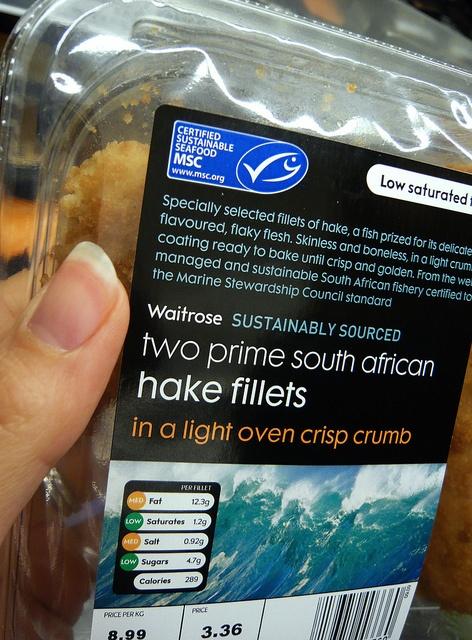
By Lara Koritzke
Most busy professionals like me recognize the mad dash during your lunch break to pick up a few much-needed items and wolf down a sandwich. Today my mission focused on a light bulb, bed sheets and dish liquid. The light bulb had the U.S. government’s Energy Star mark, a label based on independent testing and certification.
The bed sheets were a bit more confusing for the conscious consumer. They professed to be ‘100 percent natural,’ but the ‘made in India’ tag and the fact that they were cotton had me wondering about child labor, water and chemicals. Because the vague ‘natural’ text was immediately followed by ‘soft and silky,’ I began to realize this sustainability claim was more a product of clever marketing than credible practice.
So, on to my dish liquid: This one I am embarrassed to say I purchased because it was the brand my mother used when I was a child. Yes, consumer researchers, you know me well. The bottle showed a fuzzy baby animal and had a statement about ‘helping save wildlife.’ Upon a bit more investigation once I got home, I learned that the claim was a cause marketing campaign – the company was giving a portion of its profits to charity. Okay, cool. I love most forms of corporate philanthropy. But this was confusing when I dug a bit further and learned that the product had been criticized in the media for its EU-banned chemicals known to be dangerous to aquatic life. I began to think the dish liquid’s claims were trying to distract me from more important issues.
So, are these bad companies with the confusing labels? It’s probably true that many not-so-credible labels and claims are not deliberately created to be confusing or misleading. Okay, some definitely are. Some see greenwashing as low risk and high reward. But most companies are just eager to differentiate their products, and sometimes they forget about what really makes a credible sustainability claim.
This month, a new tool called Challenge the Label was unveiled for company buyers. With the tool, corporate responsibility, marketing or procurement professionals can access a list of questions for their suppliers and partners, and assess B2B and B2C claims for their credibility. They can also explore whether those claims and labels meet five universal truths. The truths were defined by ISEAL Alliance over a period of almost two years from conversations with experts, as well as research into the regulatory and guidance documents from the claims and labeling space. They are:
- Claims should be clear: The sustainability claim should be easily understood and free from misleading details. This means that you know what type of claim it is (philanthropy, membership, reporting, certification, etc.); what it refers to (the product, the company, the packaging, the CEO, etc.); and how it’s verified (self-assessed, third party, second party or not verified at all).
- They should be accurate: The claim must be truthful and based on substantiated evidence. For example, some certification programs, such as the Marine Stewardship Council, publish lists of those certified so you can check the validity of a claim.
- They should be relevant: The claim should be about an issue that is material or significant to the product or business and not a distraction from bigger and more important issues. My mother’s dish liquid here runs the risk of that. If I’m procuring carpets from South Asia, I’d want to see something about them not being produced with child labor. If I’m stocking refrigerators for my retail shop, I want to procure models that claim high energy efficiency. You get the idea.
- They should be transparent: Information about the system behind the sustainability claim must be freely available and easily accessible. You shouldn’t have to search all over the place to find more information. Usually a clear Web address does the trick.
- They should be robust. The system behind the sustainability claim must have rigorous controls and practices. You need to ask if there are any controls in place before the claim can be used. You may wish to use your own internal protocols, or consult with a trusted NGO, government partner, standards body or environmental expert to assess the system behind the claim.
By exploring the five truths of a credible claim and giving more effort to reducing misleading claims, companies can lower their risks of greenwashing, whether intended or not.
Image credit: Flicker/foodethicscouncil
Lara Koritzke is Director of Development & Communications at the ISEAL Alliance. Prior to joining ISEAL in 2011, she spent 11 years with Rainforest Alliance, where she developed global strategy for partnerships. She is based in Toronto.
TriplePundit has published articles from over 1000 contributors. If you'd like to be a guest author, please get in touch!














